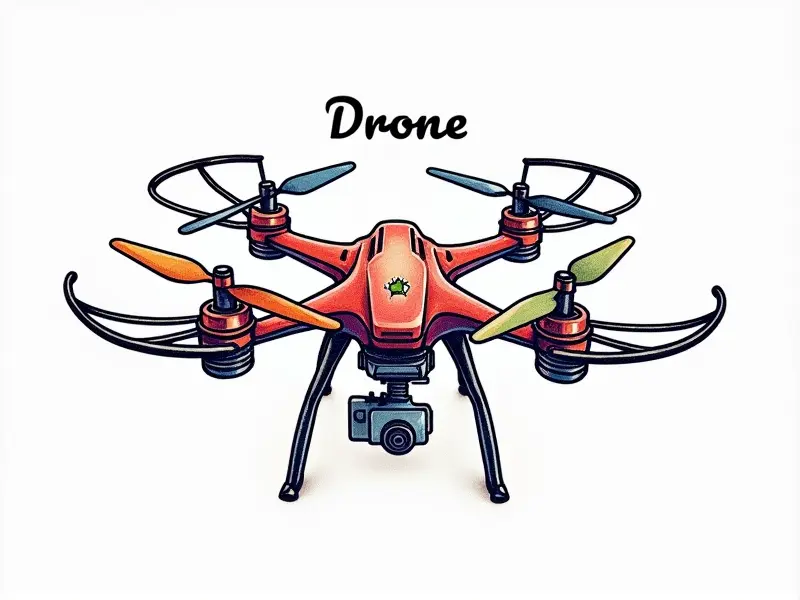Why is my RC plane not climbing?

Why Isn't My RC Plane Not Climbing?
If you're an RC plane enthusiast, there's nothing more frustrating than watching your model struggle to gain altitude. Whether it’s a beginner's glider or a high-performance racer, understanding why your RC plane isn’t climbing can be the key to unlocking its full potential.
Troubleshooting RC Plane Climb Issues
Before diving into specific fixes, it's crucial to identify the root cause of poor climb performance. Start by examining your plane’s setup and recent changes you've made. Common issues include improper weight distribution, engine power problems, or aerodynamic inefficiencies.
Tips to Improve RC Plane Climb
Improving your RC plane's climbing ability requires a systematic approach:
- Adjust Wing Angle of Attack (AoA): Increasing the AoA can enhance lift, but be cautious not to stall.
- Balance Weight Distribution: Ensure that the center of gravity is correctly positioned for optimal performance.
- Increase Engine Power: Upgrading or tuning your engine can provide more thrust and better climb rates.
Fixing RC Plane's Poor Climb Performance
To effectively address poor climb performance, consider these steps:
- Check Propeller Fitment: A poorly fitted propeller can lead to inefficient thrust and reduced climbing ability.
- Tune Engine Mixture: Proper fuel-to-air ratio is essential for optimal engine performance.
- Inspect Airframe Integrity: Ensure there are no structural issues that could be causing drag or instability.
Common Reasons for RC Plane Not Climbing
The most common reasons why your RC plane isn't climbing include:
- Incorrect Center of Gravity (CG): A CG that is too far forward or backward can severely impact climb performance.
- Poor Aerodynamics: Excessive drag from poorly designed wings, fuselage, or control surfaces can hinder climbing ability.
- Limited Engine Power: Insufficient engine power to overcome gravity and generate lift is a critical issue.
Boost RC Plane Climb with These Fixes
To boost your RC plane's climb performance, consider implementing the following fixes:
- Optimize Wing Design: Enhance wing design to reduce drag and increase lift efficiency.
- Increase Engine Capacity: Upgrading to a more powerful engine can significantly improve climbing ability.
- Better Propeller Selection: Choose the right propeller size and pitch for your specific model and flight conditions.
Solving RC Plane's Vertical Flight Issues
To solve vertical flight issues, focus on these areas:
- Analyze Flight Data: Use telemetry data to identify patterns in performance during climbs.
- Tune Control Surfaces: Ensure that control surfaces are properly adjusted for optimal responsiveness and stability.
- Improve Engine Tuning: Fine-tuning the engine can help achieve better throttle response and power output.
Aerodynamics Impact on RC Plane Flight
The aerodynamic design of your RC plane plays a crucial role in its performance. Key factors include:
- Wing Shape (Airfoil): The airfoil profile affects lift and drag, impacting climb efficiency.
- Fuselage Design: A sleek fuselage can reduce parasitic drag and improve overall performance.
- Control Surface Efficiency: Well-designed control surfaces enhance maneuverability and stability during climbs.
Balancing Weight for Better RC Plane Climb
Maintaining the correct balance is essential for optimal climb performance. Here’s how to achieve it:
- Determine CG Location: Use a scale or CG calculator to find the ideal center of gravity.
- Adjust Weight Distribution: Move battery packs, fuel tanks, and other heavy components as needed.
- Test Flight Adjustments: Make incremental adjustments during test flights until you achieve optimal performance.
Engine Power Troubleshooting for RC Planes
Troubleshooting engine power issues is vital to improving climb performance. Consider these steps:
- Check Fuel Quality: Ensure that the fuel you're using meets the manufacturer's specifications.
- Inspect Engine Components: Look for signs of wear or damage in critical engine parts like pistons and valves.
- Tune Mixture Settings: Adjust carburetor settings to achieve a balanced fuel-to-air mixture.
Understanding Lift and Drag in RC Planes
To enhance your RC plane's climb performance, it’s essential to understand the principles of lift and drag:
- Lift Generation: Lift is created by the difference in air pressure above and below the wing. Proper AoA and wing design are crucial.
- Drag Reduction: Minimizing drag through aerodynamic design can significantly improve climb efficiency.
Conclusion
Making your RC plane climb effectively requires a thorough understanding of its mechanical, aerodynamic, and operational aspects. By addressing issues related to weight distribution, engine power, and aerodynamics, you can unlock the full potential of your model. Remember that patience and persistence are key as you fine-tune your setup for optimal performance.

